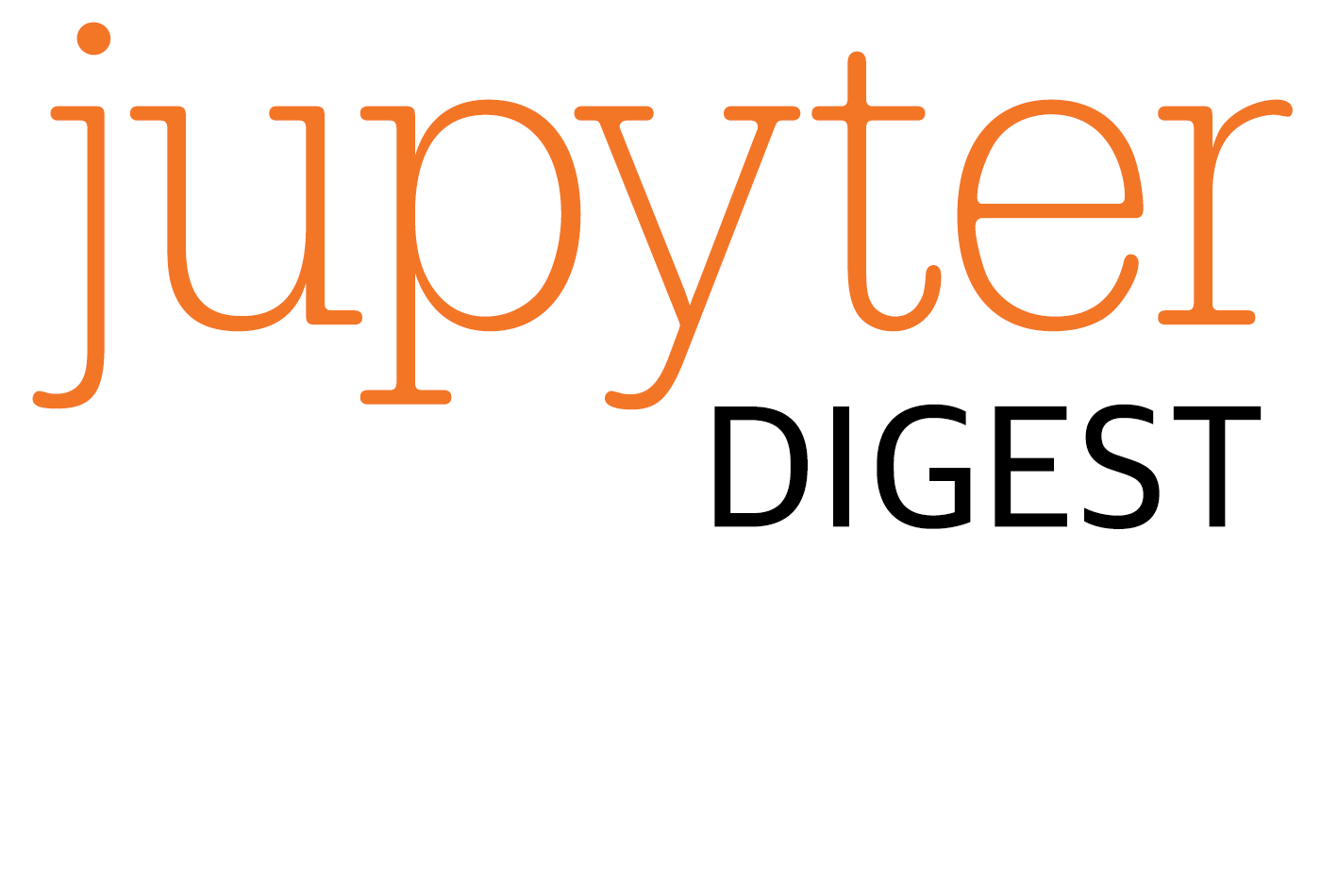 Jupyter Digest.
Jupyter Digest. - Python Cheat Sheet. This handy guide from Julian Gaal (@juliangaal on GitHub), focused on data science, provides a quick and well-formatted reference for common NumPy and Matplotlib functions. So, if you can never remember how to add ticks to a plot, split an array, or you just want to share a great trick you’ve learned, this is worth checking out.
Introduction to Artificial Neural Networks and Deep Learning: A Practical Guide with Applications in Python. If you’re wondering what deep learning is all about, this open source guide by Sebastian Raschka (@rasbt) hits all the right notes (TensorFlow, RNN, etc). It’s still in the early stages (mostly just appendices about math), but if the chapters are close to this quality, it’s going to be a great book.
Analyzing your Keen IO data with Jupyter Notebooks. Keen IO is a handy analytics package that you can embed in your website or mobile application to track event data. In addition to the easy-to-use APIs, it also has a nice front-end app where you can do queries and get essential information. We’ve used it almost since it came out at O’Reilly, and it just keeps getting better and better. However, while the dashboards are nice and keep the folks back home happy, sometimes you just want to throw that stuff into Pandas and go deeper. This refreshingly concise article by Joanne Cheng (@joannecheng) shows you how, and has a nice companion notebook with details.
Cacophony for the whole family. Everything Allen Downey (@AllenDowney) writes is a model for how to explain a complex subject in clear, compelling language. But, he’s also really funny. This excerpt from Think DSP, which shows how to use digital signal processing to simulate an elementary school band, resonated with me because I’ve been listening to my kids practice on their recorders. This article nails the experience. Plus, it’s a cool example of how to generate audio files with python in the notebook. (Be sure to keep your volume low, though!)
